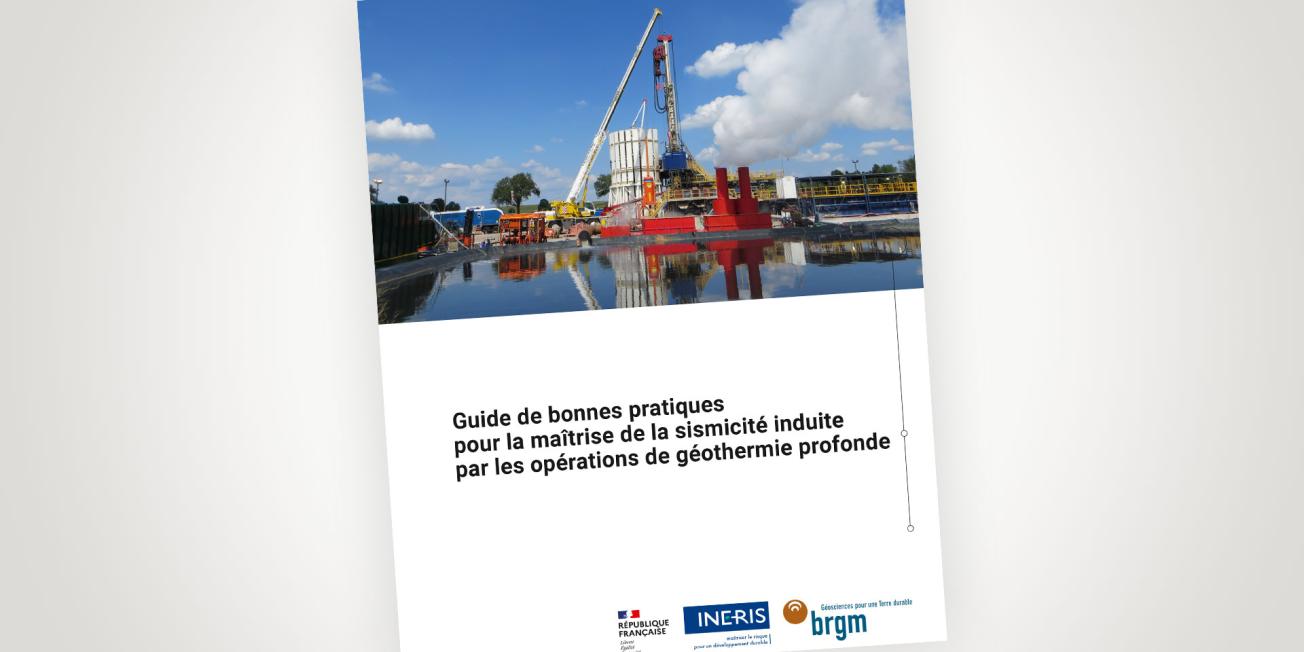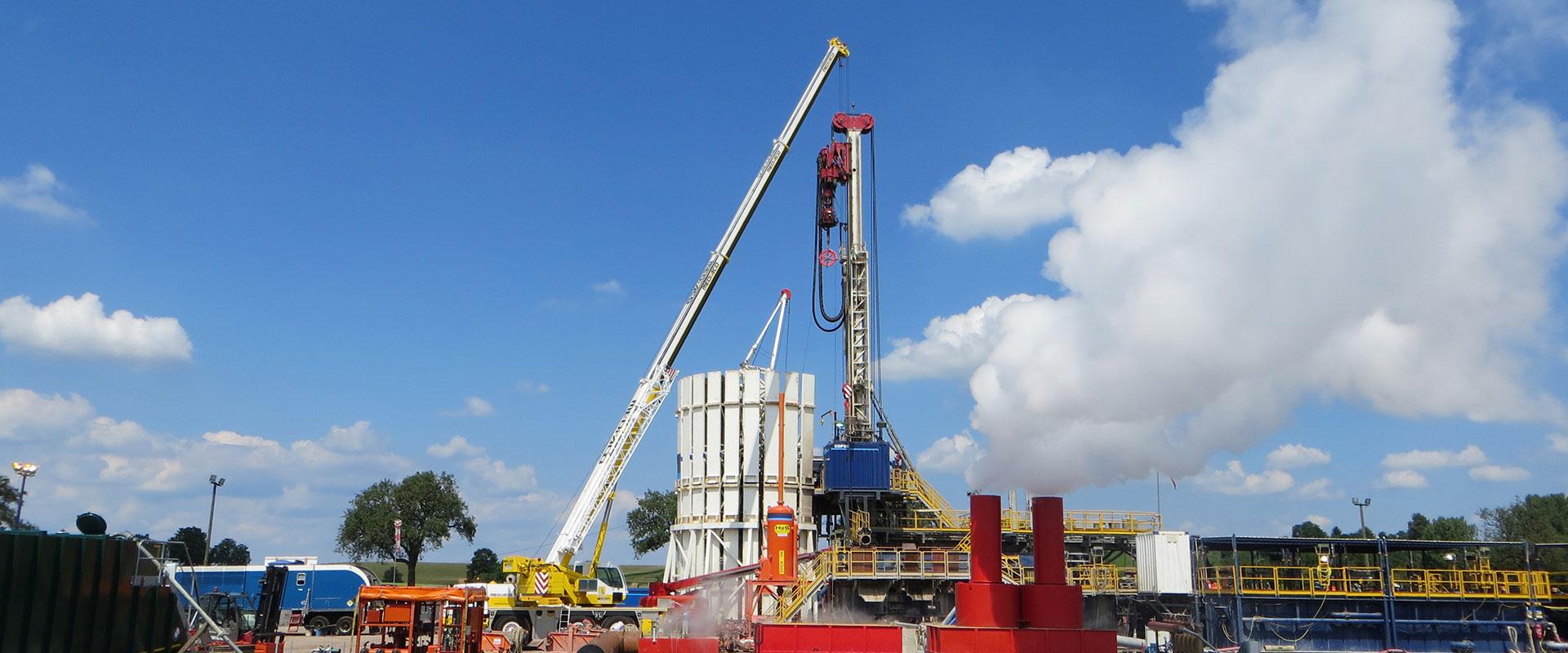
À la demande de la direction générale de la Prévention des risques (DGPR) au sein du ministère de la Transition écologique et de la Cohésion des territoires, et de la direction générale de l’Énergie et du Climat (DGEC) au sein du ministère de la Transition énergétique, l'Ineris et le BRGM publient un guide à l’intention de l’ensemble des parties prenantes de la filière géothermie profonde.
© BRGM
Following the 2021 reform of the Mining Code and the passing of the Climate and Resilience Act, Ineris and BRGM have published a new guidebook for all stakeholders in the deep geothermal energy sector (industrial firms, elected representatives and public authorities).
Drawn up as part of the public policy support mission assigned to the two organisations, this guidebook was produced at the request of the Directorate-General for Risk Prevention (DGPR) within the Ministry for Ecological Transition and Territorial Cohesion, and the Directorate-General for Energy and Climate (DGEC) within the Ministry for Energy Transition.
Understanding the geology of the subsurface to better manage risks
Deep geothermal energy consists in extracting heat from depths of more than 200 m and up to several kilometres underground, to produce electricity and/or heat. As a renewable, non-intermittent source of energy, it can contribute to the transition to a lower-carbon energy mix.
For any deep geothermal energy project, it is essential to have thorough knowledge of the subsurface geology and to understand the natural phenomena, particularly seismic phenomena, likely to be triggered by the work, in order to minimise their probability and intensity. To be able to control induced seismicity, operators need to implement a monitoring process and fine-tune their drilling and reservoir tapping operations when the level of seismic risk so requires.
A methodological guidebook covering mainland and overseas France
This guidebook covers the different types of geothermal reservoir and exploitation methods found in mainland France and the French overseas départements and regions. It is based on feedback from numerous projects and on the current state of scientific knowledge in the field of seismicity induced by fluid injection deep below the Earth’s surface.
It proposes a method for assessing the risk of induced seismicity and a strategy for re-evaluating the risk at each key phase in the development of a project. Based on available data and established criteria, this approach enables the exploitation method and the tools for preventing and controlling seismicity to be adapted to the project and its development.
The guidebook also makes recommendations as to the essential data to be acquired at each stage of a project, to anticipate, as far as possible, the hydromechanical behaviour of the reservoir during operations and to size and manage a micro-seismic monitoring network when the level of risk so requires. It also lays the foundations for defining protocols for deploying and managing operations based on the technologies used and the micro-seismicity detected.
Pour aller plus loin
Press contact








